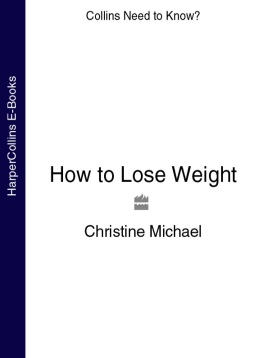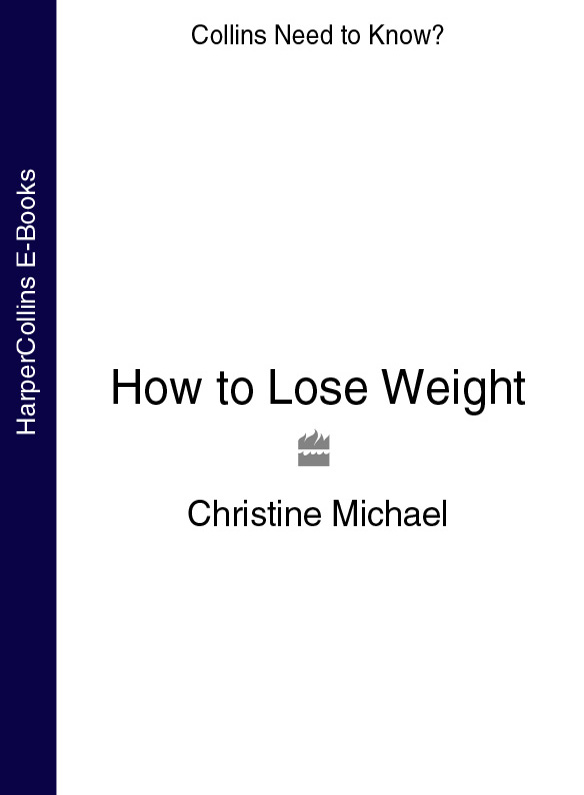Before you set yourself a weight loss goal, it is a good idea to find out what kind of shape you are in. These days there is more to working out your ideal weight than just standing on the scales, which only tell part of the story. It takes just a few minutes to discover how healthy your weight and shape are and also to decide what you want to aim for.
Do you have a weight problem and, if so, how much do you need to lose to reach the weight range that is healthy for you? Here are some easy ways to find out the facts about your figure.
must know
Measure your BMI
To work out your BMI, you need to divide your weight by your height, squared - a calculator is handy to do the sums.
1 To find your BMI using metric measurements, take your weight in kilograms and your height in metres (get someone to check your height for you if it has been a while).
2 Now divide your weight in kilograms by your height in metres, squared. (To turn your weight in pounds into kilos, divide by 2.2; and to turn inches into metres, multiply by 0.025.)
 So if your weight is: 59 kg (9 st 4 lb)
So if your weight is: 59 kg (9 st 4 lb)
 And your height is: 1.6 m (5 ft 4 in)
And your height is: 1.6 m (5 ft 4 in)
 Your BMI is: 59 ft(1.6 X 1.6) = 23.
Your BMI is: 59 ft(1.6 X 1.6) = 23.
The scientific approach
Most of us have several different ways of keeping an eye on our weight: for instance, we notice when a favourite pair of trousers feels too tight, or when we do not like what we see in the mirror or on the bathroom scales. To assess what your weight really says about your health and wellbeing though, it pays to take a more scientific approach.
If youve been in denial about your weight for years, the thought of finding out the cold facts might be daunting, but it might not be as bad as you think. Many people have a fixed idea about what their weight should be, and often its based on the slim figure they had as a teenager or on their wedding day, which might not be comfortable or realistic for them now. And if the truth about your weight does come as an unpleasant shock, turn that feeling into a motivational boost. Now that you are about to start a healthy weight loss campaign, you need never see that figure on the scales again.
Body Mass Index
A simple weight-and-height comparison used to be the favoured method of assessing whether someone was overweight or not. Today health professionals prefer to use the Body Mass Index (BMI), a figure that represents your weight per square metre.

must know
Obesity
Over 20 per cent of British women are obese yet in a Cancer Research survey only four per cent said they were. The health risk starts increasing before it reaches the point where you may look or feel extremely overweight.
Key to the BMI chart
 Colour zone 1
Colour zone 1 
BMI under 18.5: underweight.
You do not need to lose weight and may even have an increased risk of certain medical conditions that are linked to low body weight, such as osteoporosis (brittle bones).
 Colour zone 2
Colour zone 2
BMI 18.5 24.9: normal.
You do not need to lose weight for medical reasons. If you are at the top end of the range, it is worth taking care to eat healthily and exercise regularly to ensure you dont creep into he overweight range.
 Colour zone 3
Colour zone 3
BMI 25 29.9: overweight.
A BMI of 25-plus indicates that you are over your ideal weight, and in this range you start to increase your risk of developing weight-related health problems. Aiming to lose a few pounds (or more, depending on where you are in the range) will benefit your health.
 Colour zone 4
Colour zone 4
BMI 30 39.9: obese.
Within this range you are probably at least 14 kg (30 lb) or more over your ideal healthy weight and are running a moderate risk of weight-related medical conditions. As a starting point, losing 10 per cent of your body weight will considerably reduce this risk. If your BMI is between 35 and 39.9, the risk it could pose to your health is classified as severe. A determined effort to lose weight and lower your BMI is worth making a top priority.


















 So if your weight is: 59 kg (9 st 4 lb)
So if your weight is: 59 kg (9 st 4 lb)



